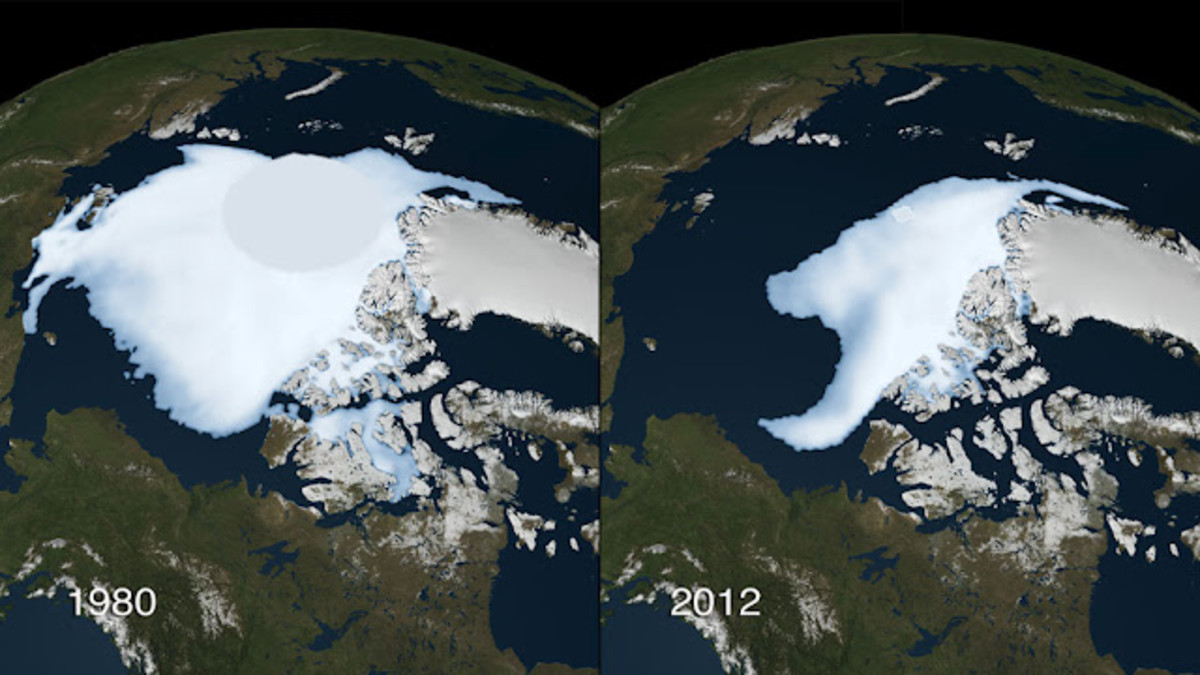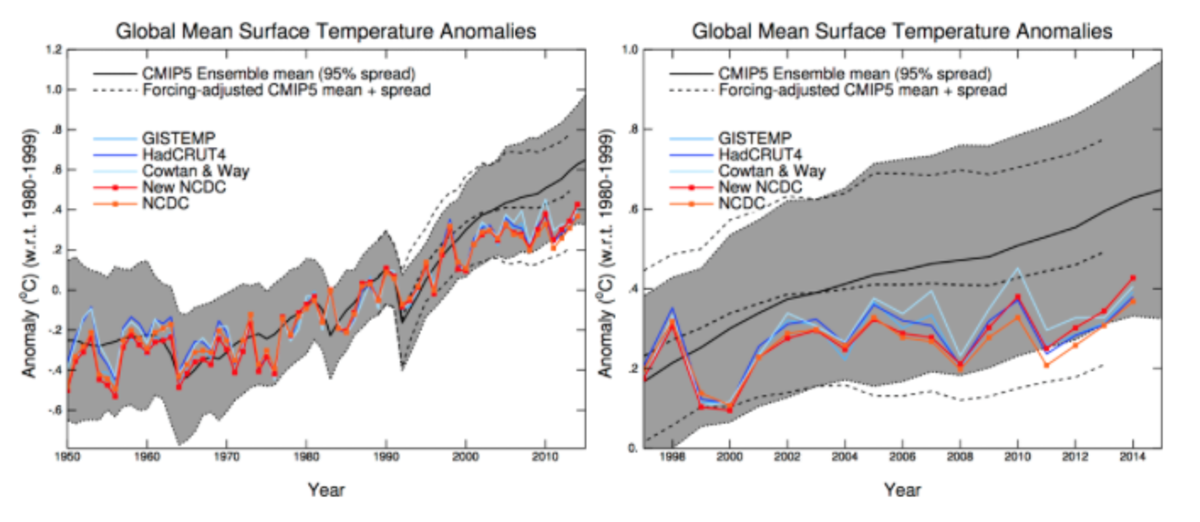Rising Sea Level Under the Impact of Global Change

There is a distinct possibility that sea level would rise by at least 7 and upto 23 inches. The sea level rise of just 4 inches could flood a majority of the South Seas islands.
The life would be especially endangered for some 100 million people that live within 3 feet of mean sea level and much of the world’s population is concentrated in vulnerable coastal cities. Louisiana and Florida are especially at risk (news.nationalgeographic.com).
A strong factor for the rise of sea level is attributed to the melting of glaciers. While the rising sea level is likely to flood the coastal areas, there would be severe water shortage in several regions (news.nationalgeographic.com).
The impact of climate change has been so severe that more than a million species face extinction, changing eco-system and acidifying ocean. Yet another severe impact looms in the form of the possibility of mini ice age in western Europe. This is due to the permanent alteration of ocean’s circulation system known as ocean conveyor belt. Ultimately, the global warming could become uncontrollable by creating positive feedback effect (news.nationalgeographic.com).
While the IPCC report portrays a truly grim scenario, these scenarios do not in themselves tell us about the need for a policy. For all we know, these temperatures and sea level rises are associated with levels of damage that we can accommodate. Moreover, the likely damages need to be compared to the cost of taking action. The only studies available till 1991 that compared costs and benefits did not raise any dramatic concern. For instance, Prof. Nordhaus of YaleUniversity held that a comparison of costs and benefits suggested that an optimal cut back of some some 17 percent off the combined total of greenhouse gas emissions. But because it is more cost effective to cut back chlorofluorocarbons (CFCs) which have a much higher global warming impact per unit of emission than CO2, much of this suggested reduction comes from reducing CFCs. It is necessary on this analysis to reduce CO2 by only 6 percent. But this is 6 percent off a baseline trend – that is, we can allow CO2 to rise so long as we keep it to 6 percent below the rise that would have occurred without any controls. This is in fact a very modest level of CO2 control.








